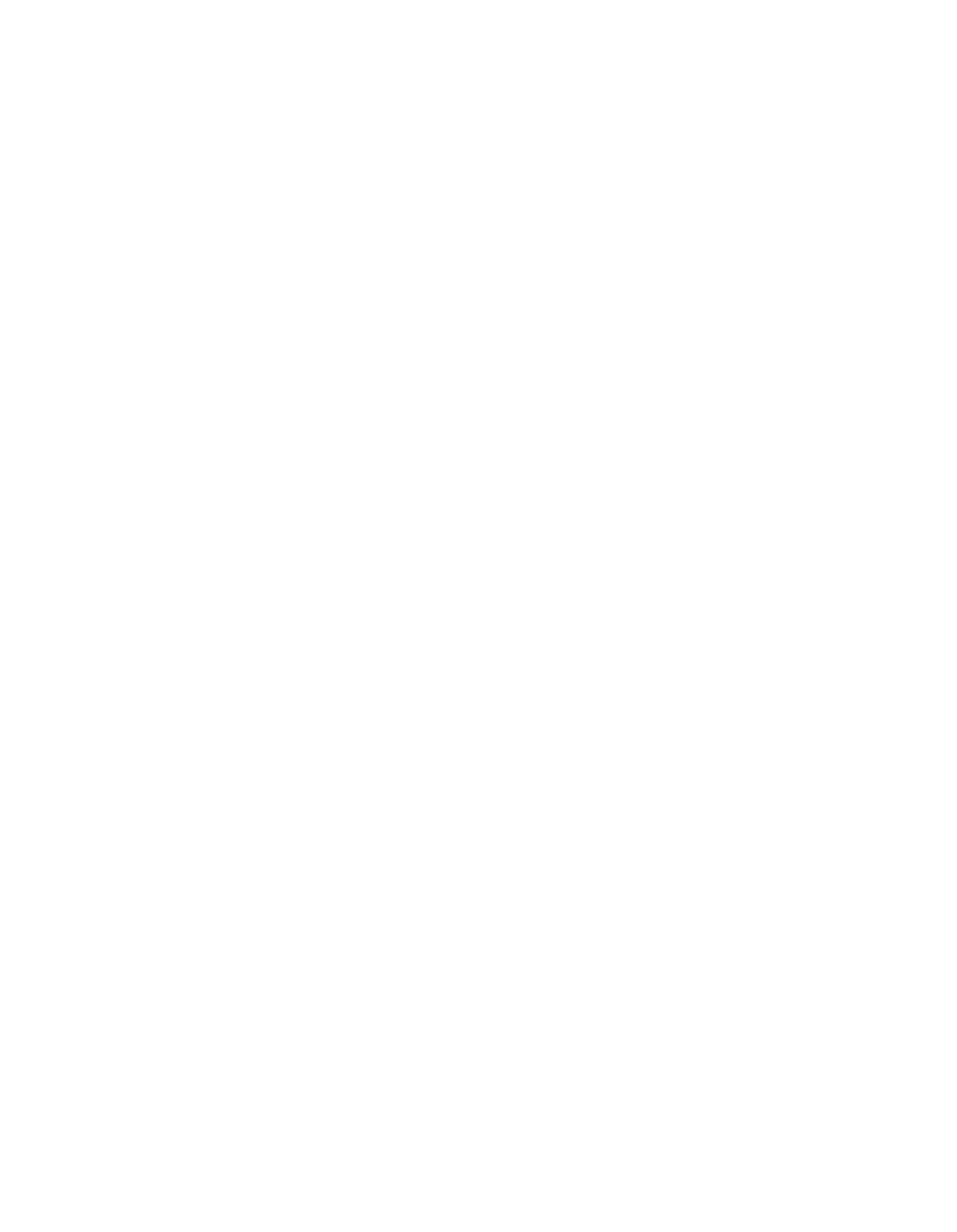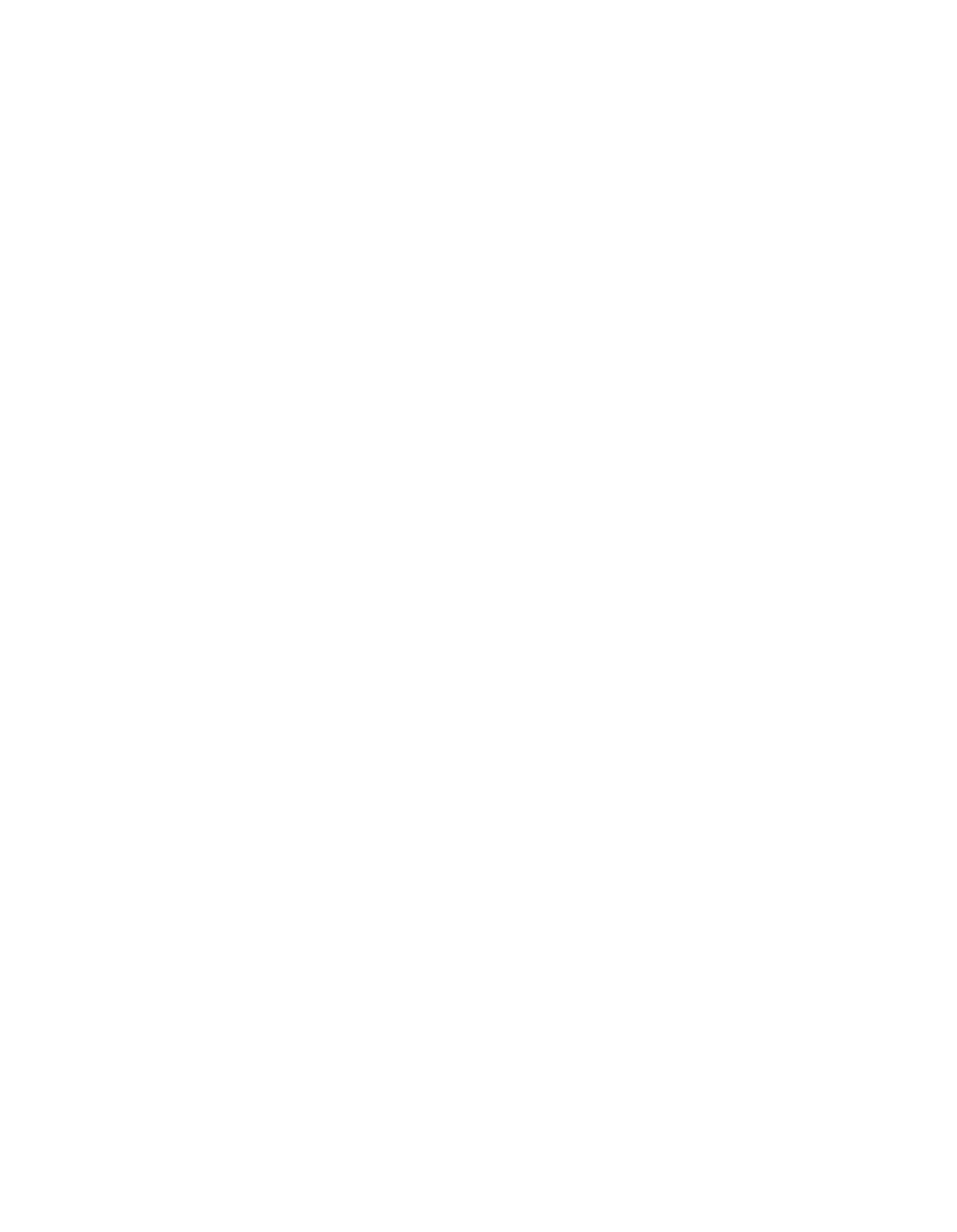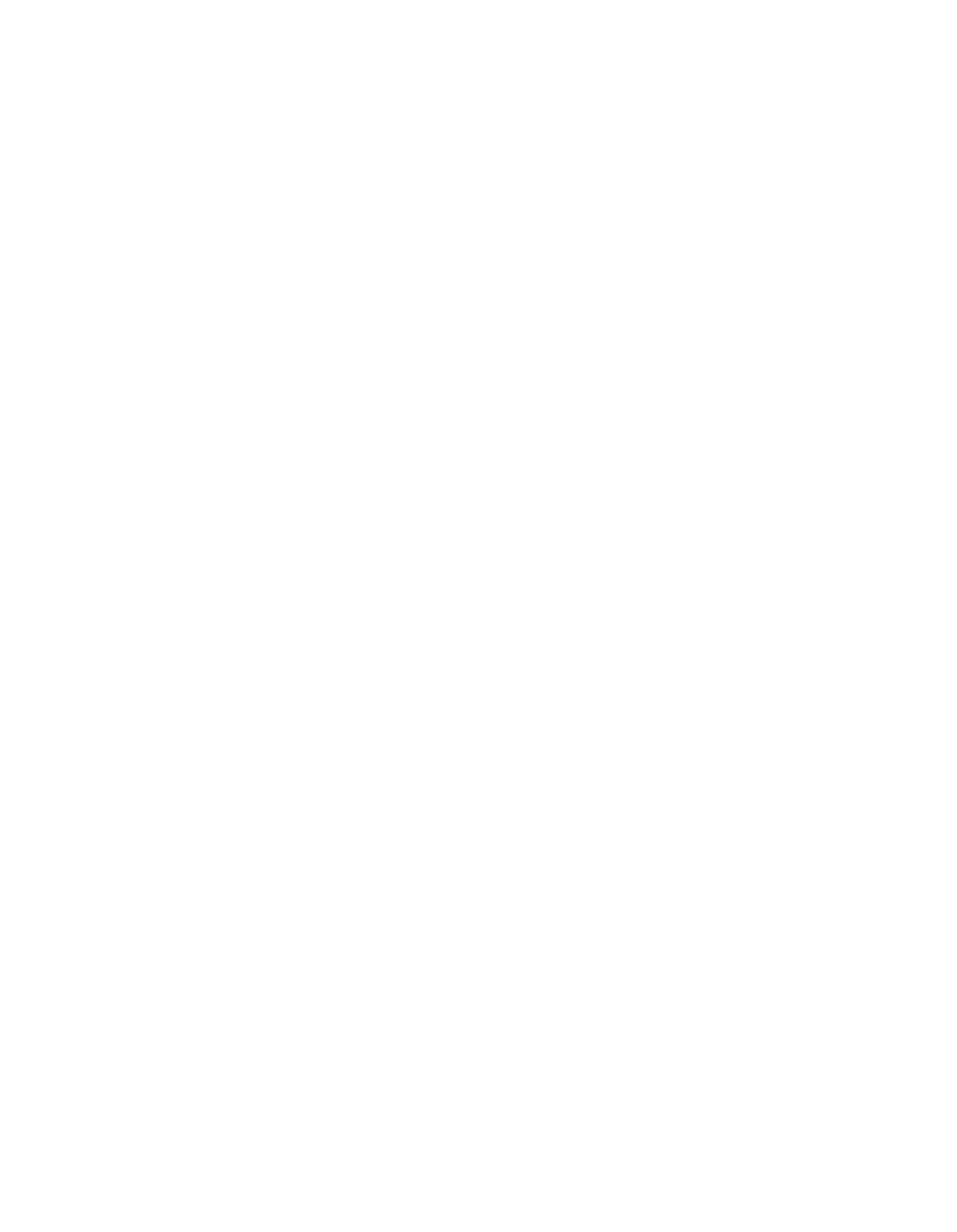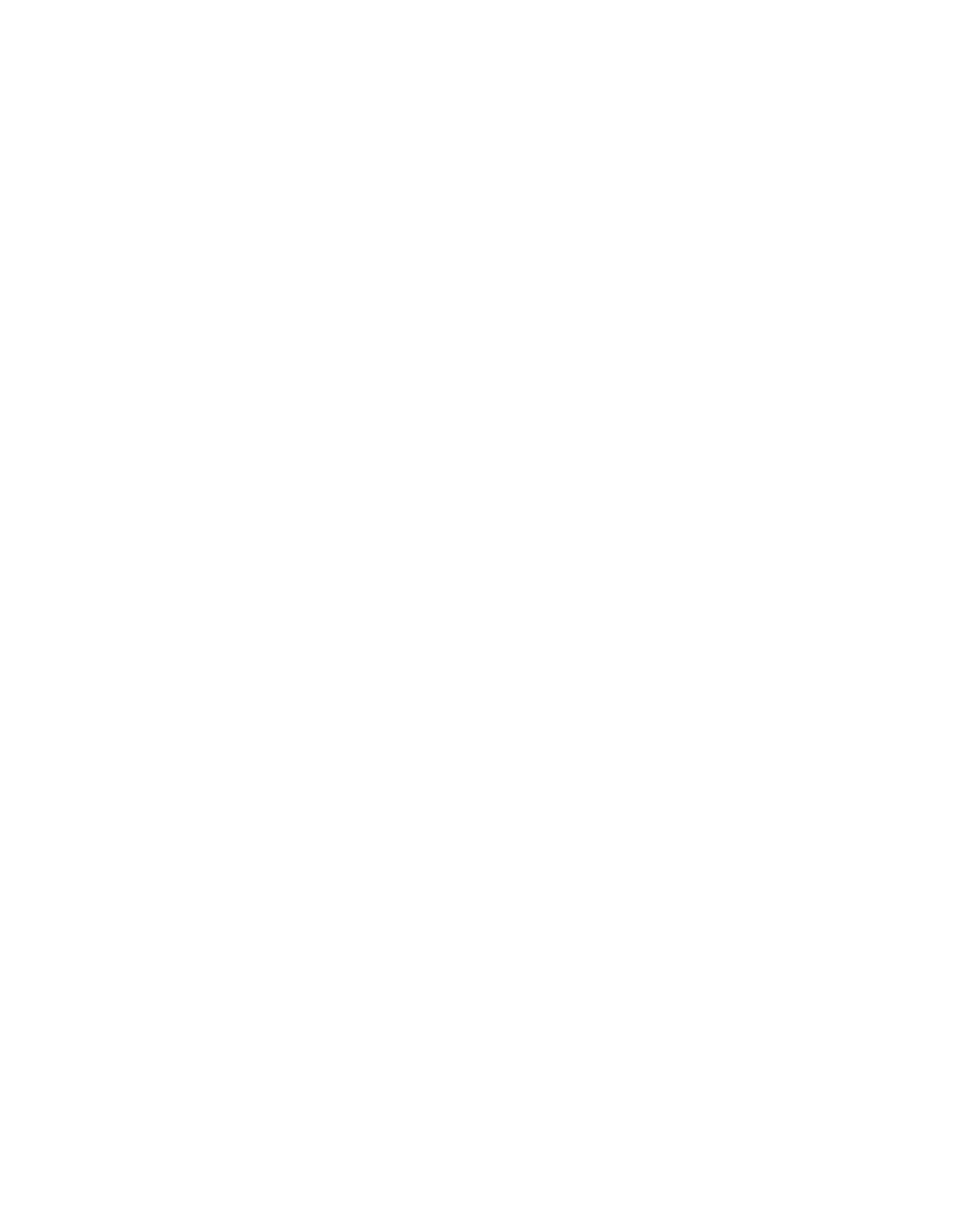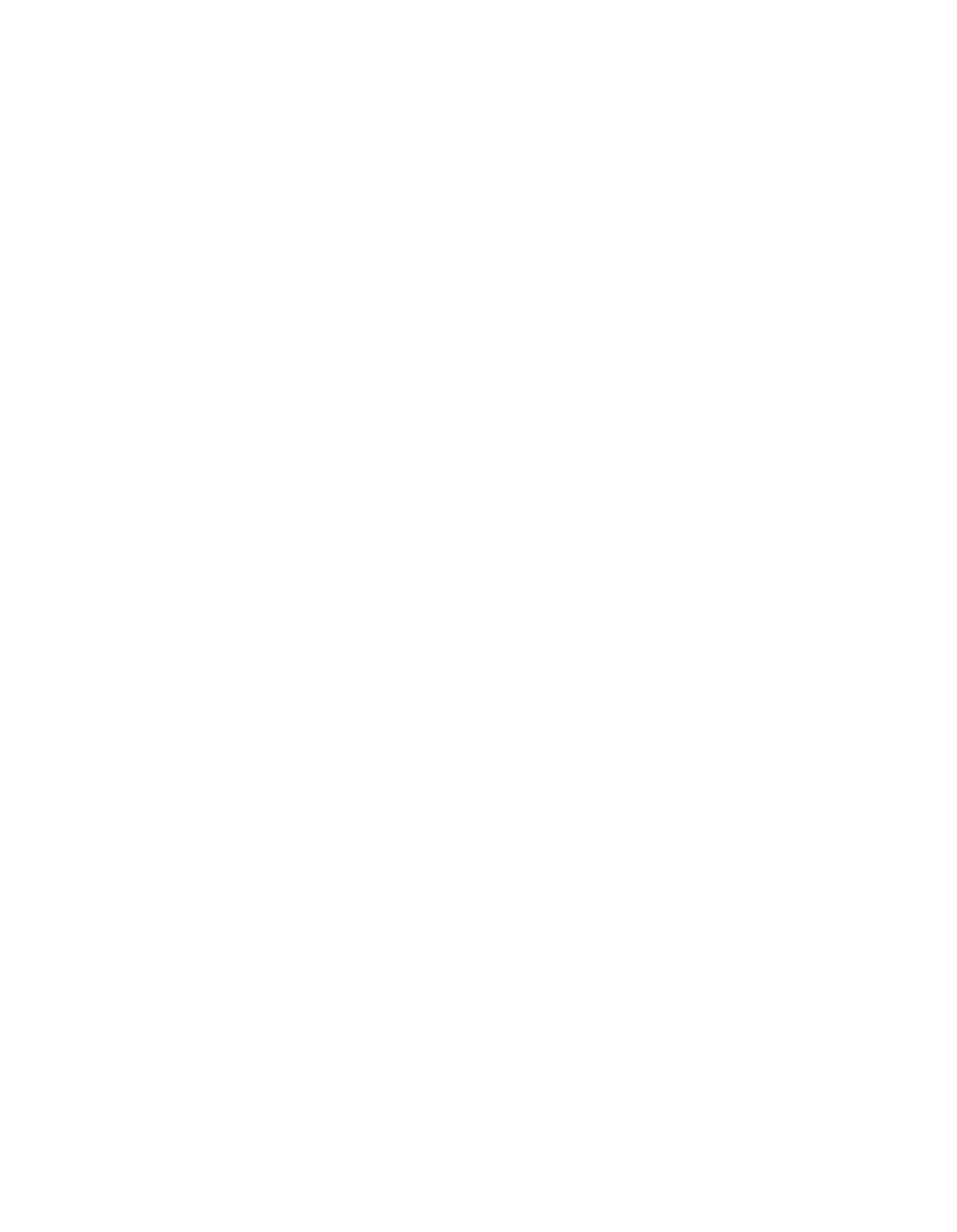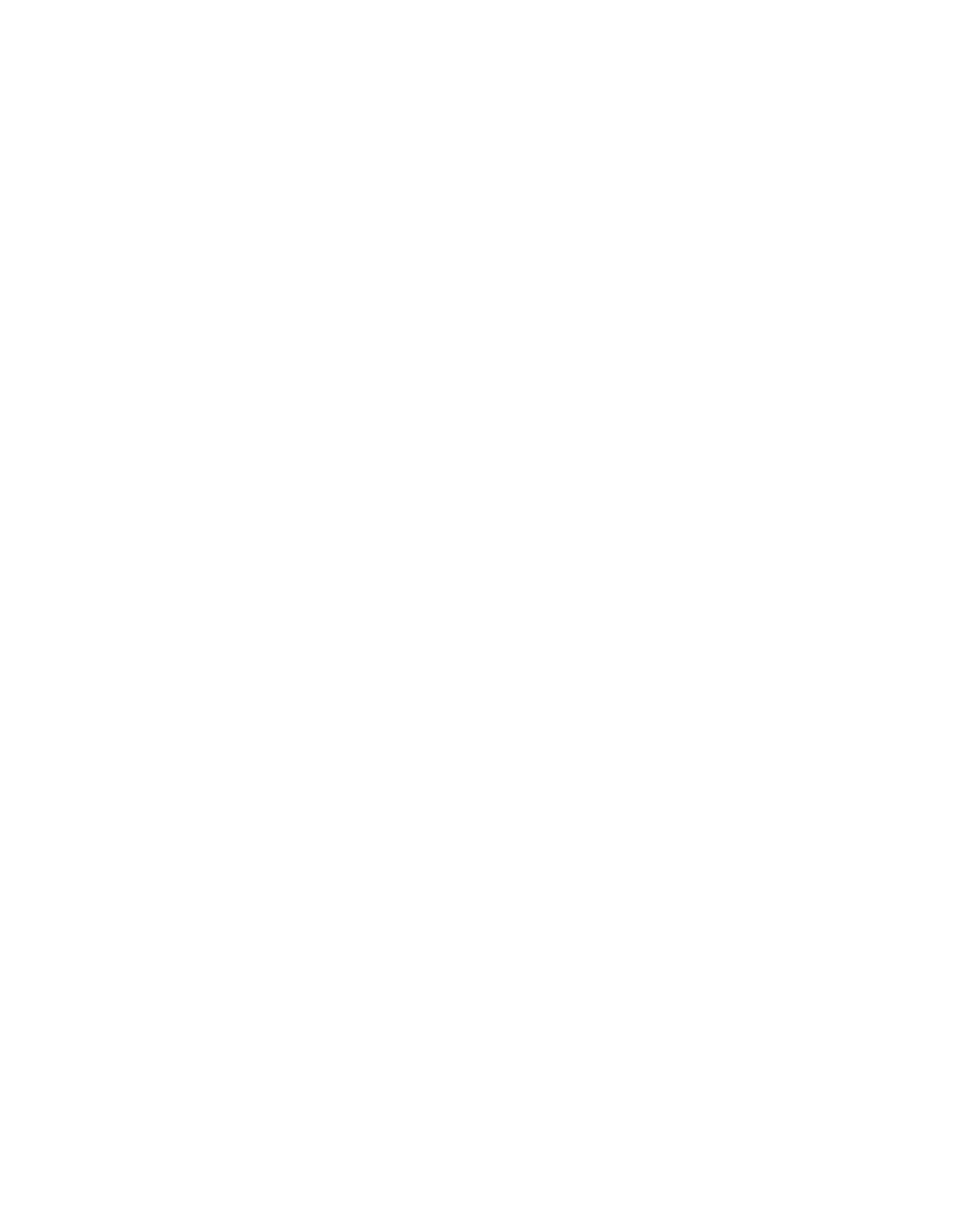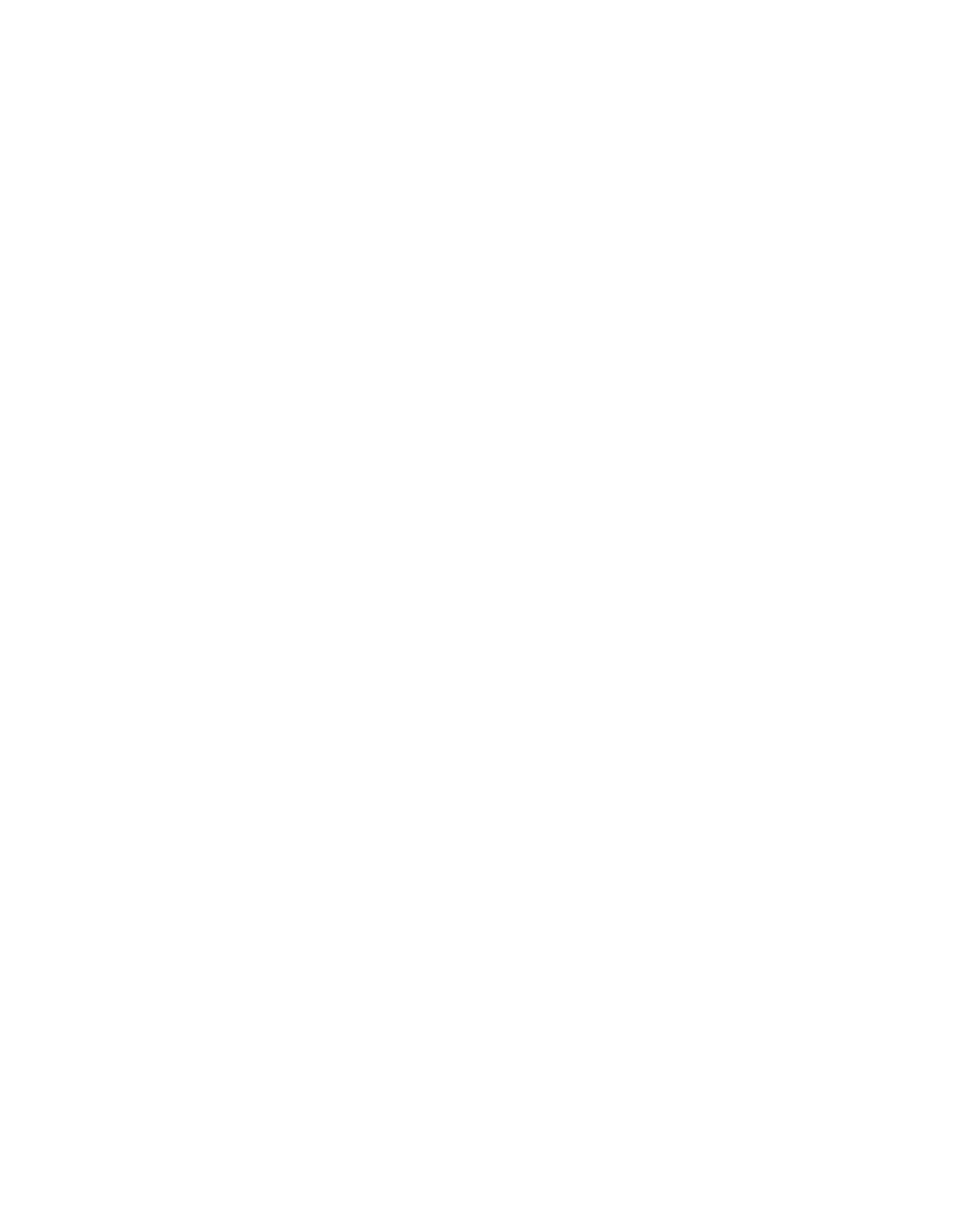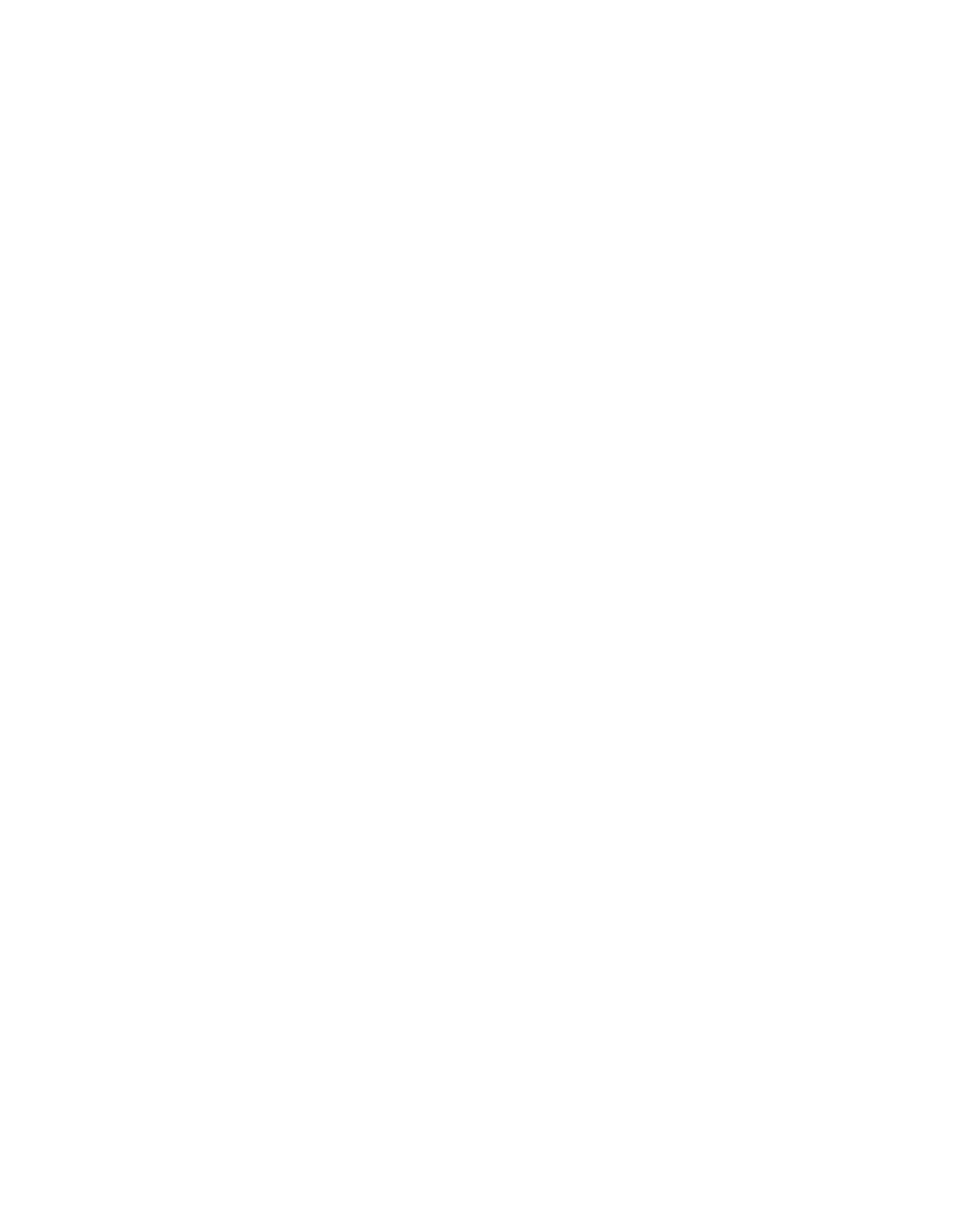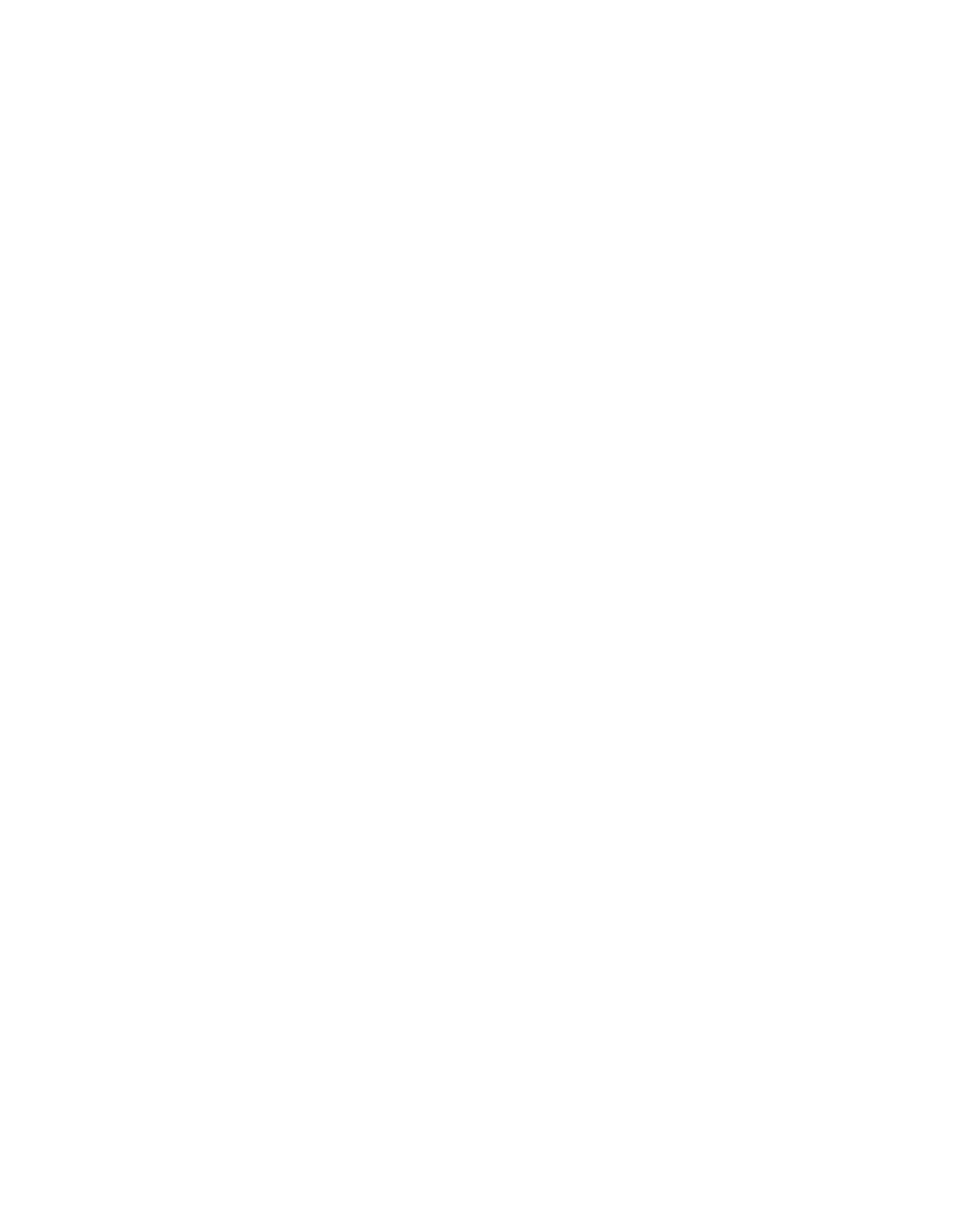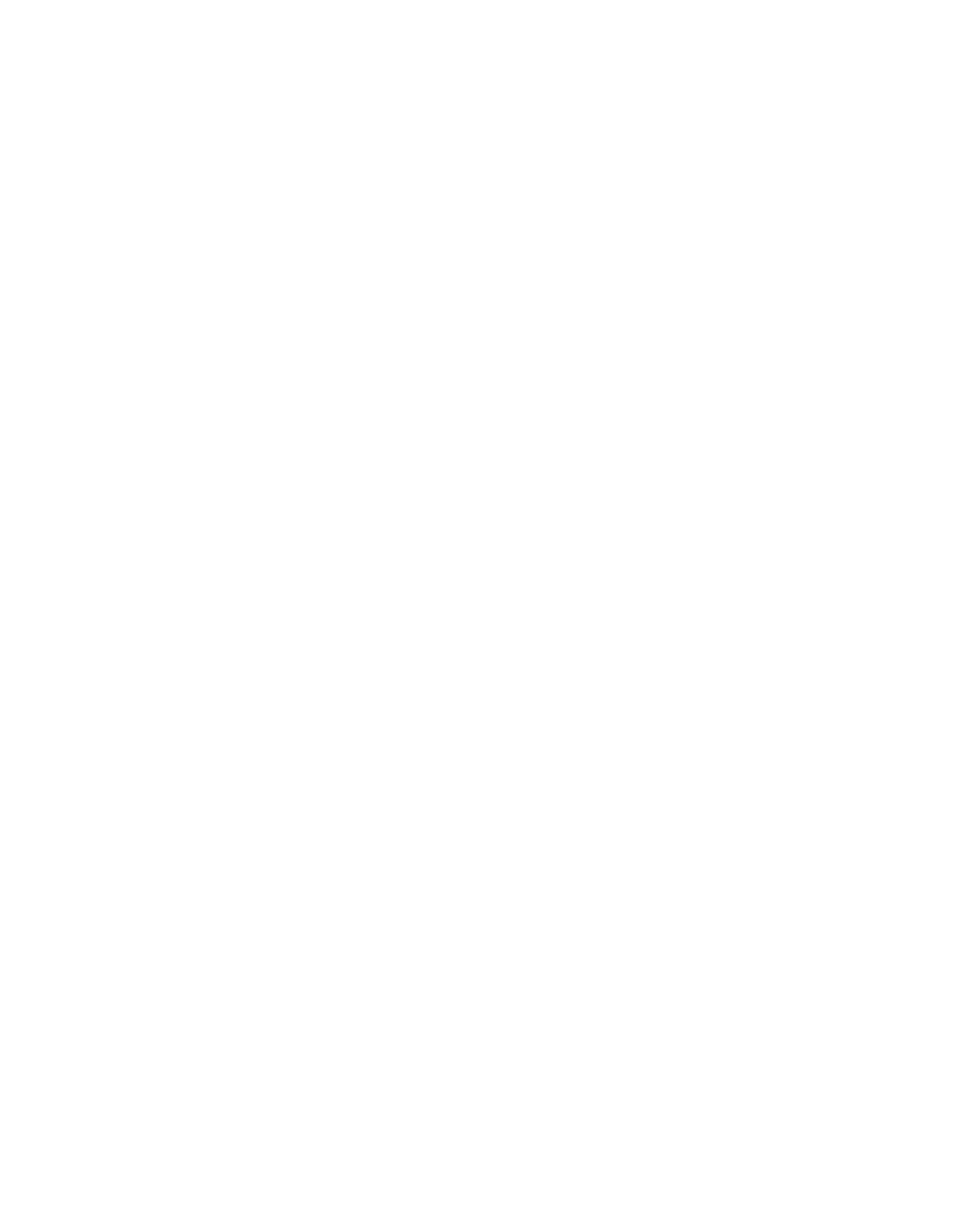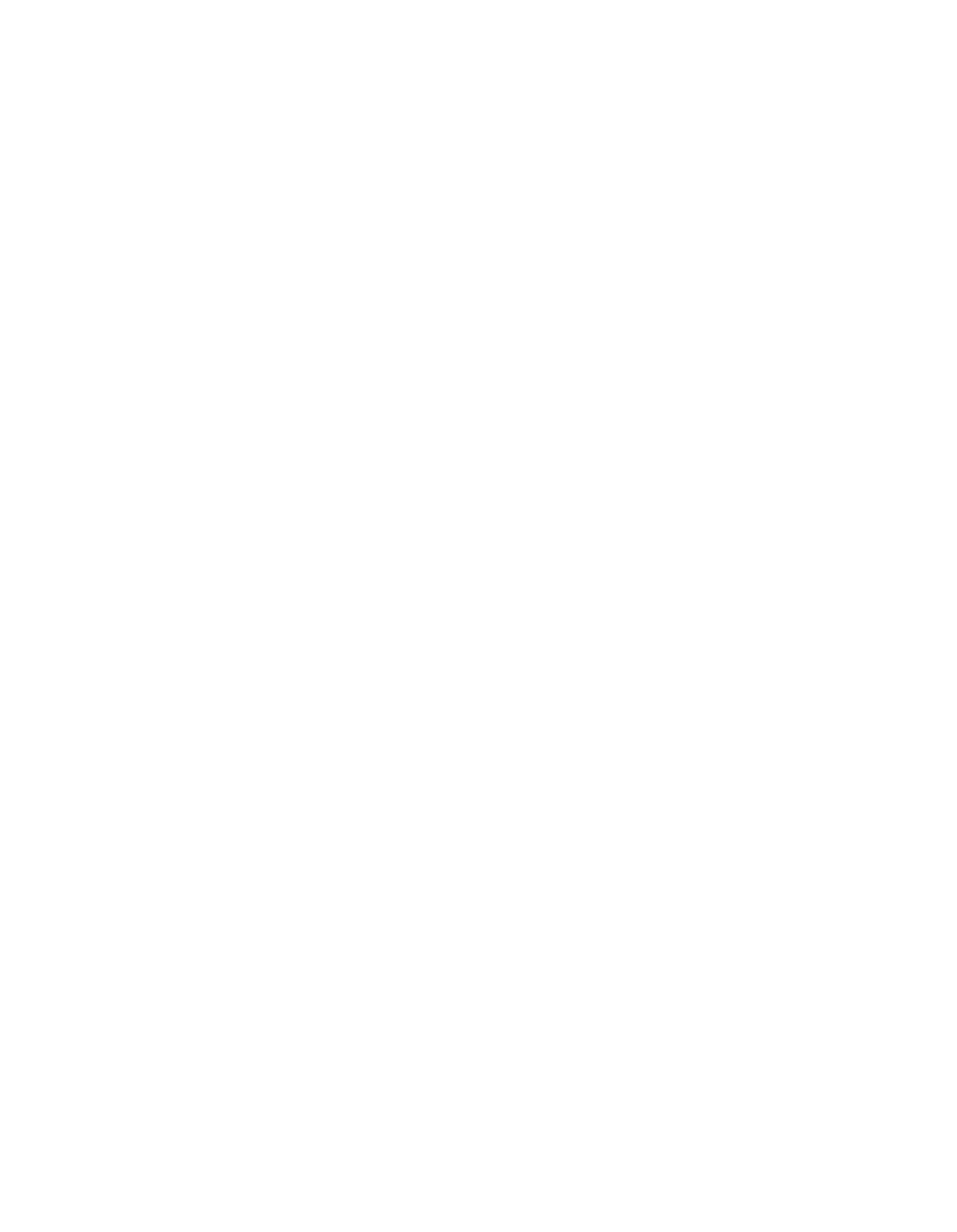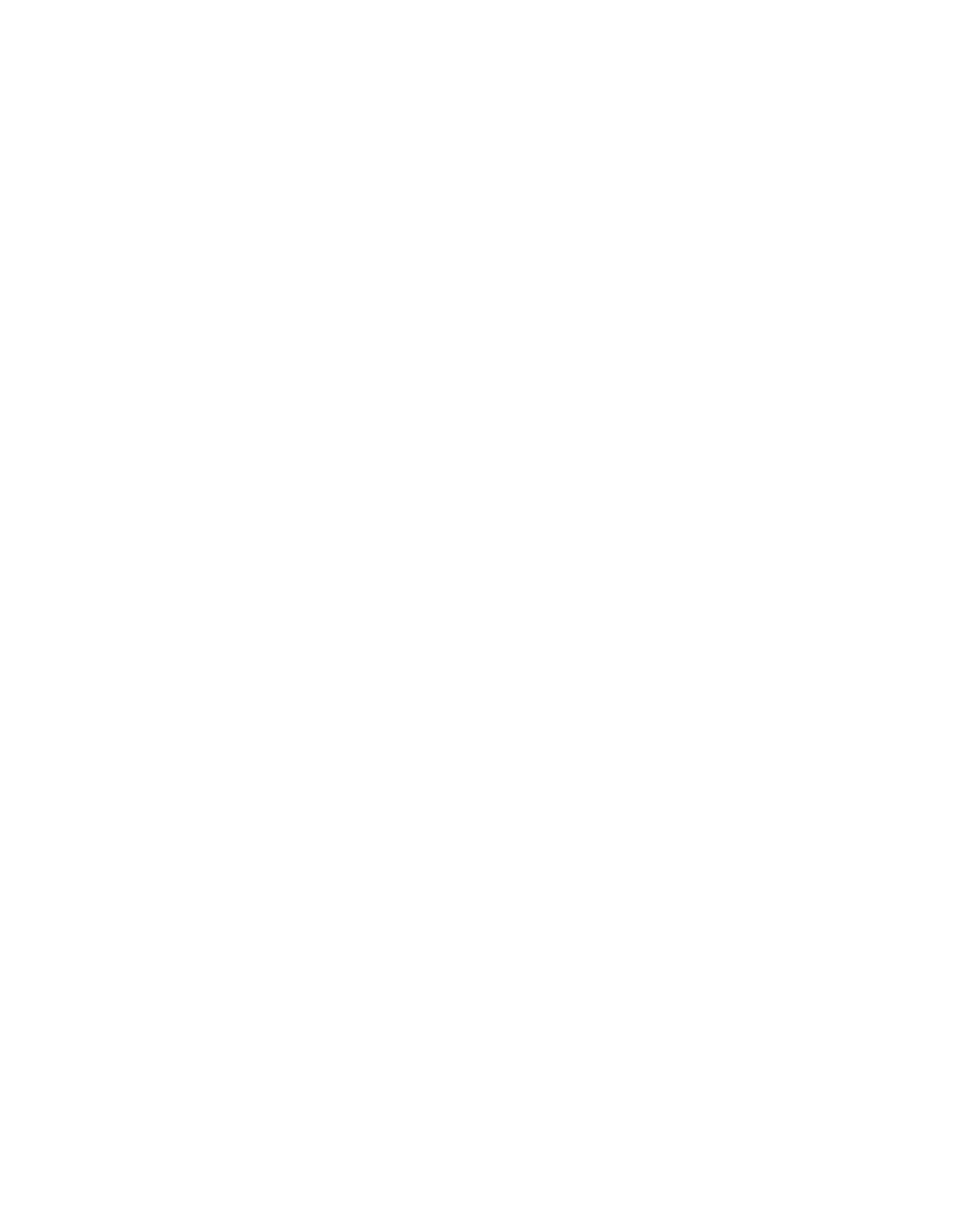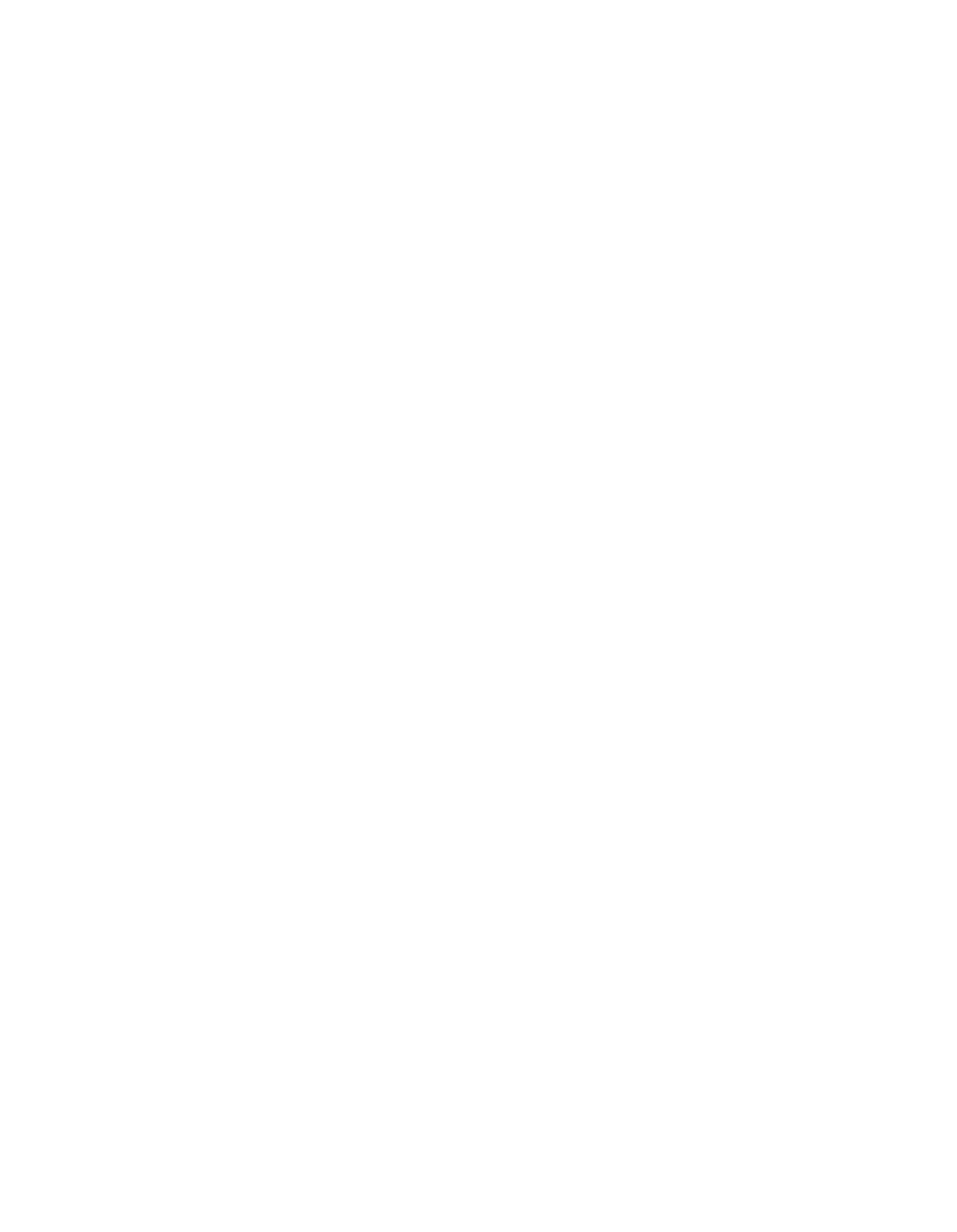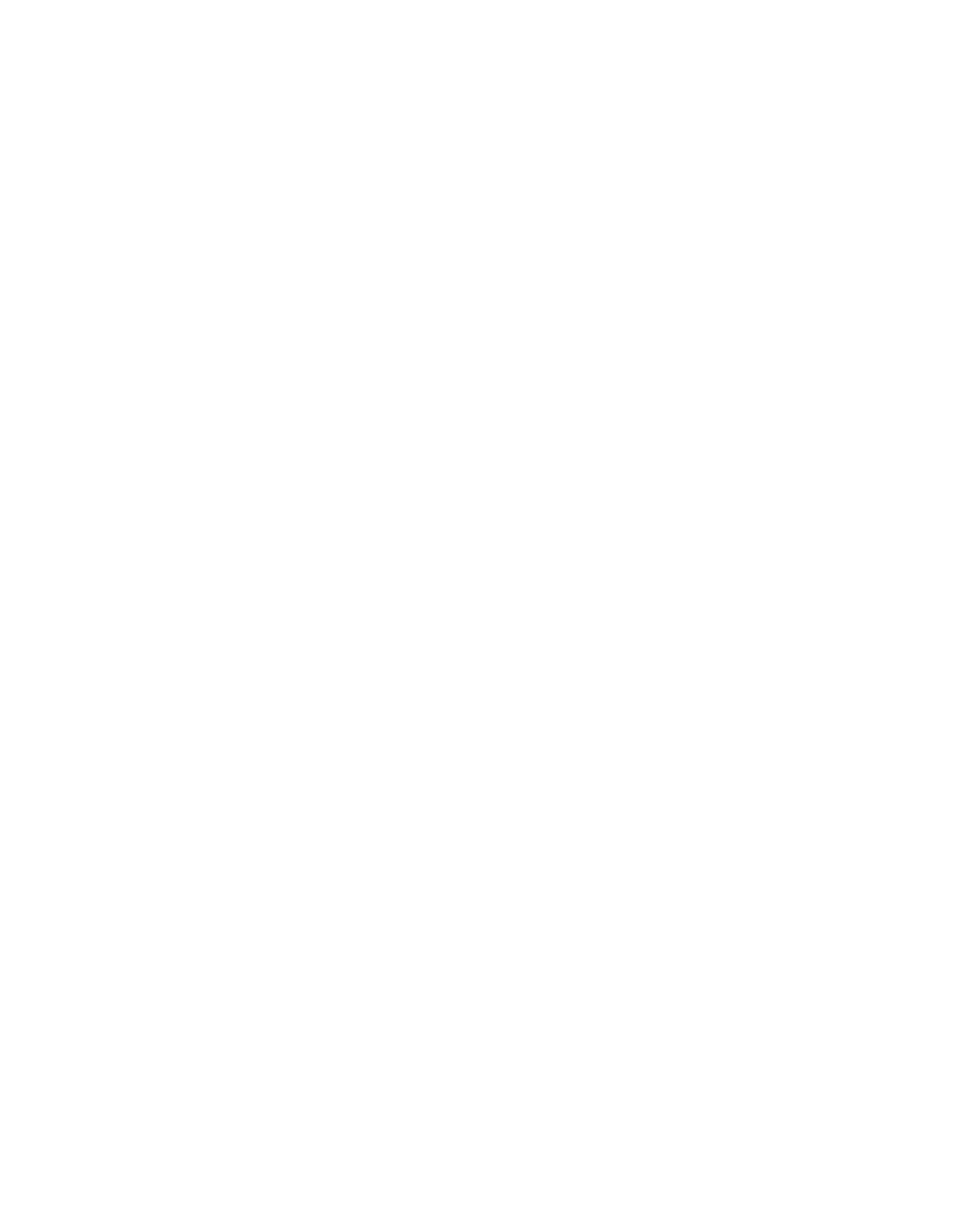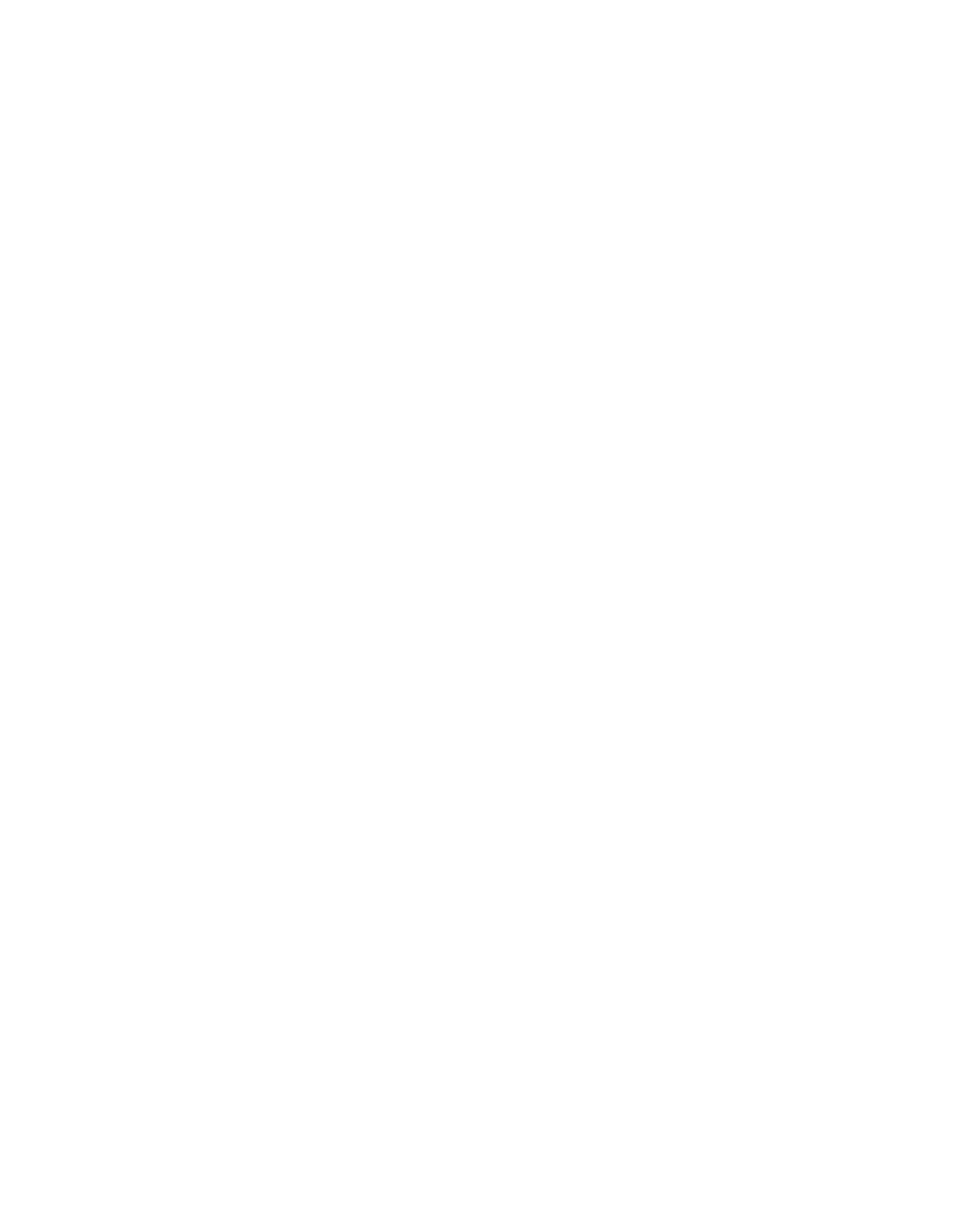ILLINOIS POLLUTION CONTROL BOARD
July 16, 1987
IN THE MATTER OF:
)
RCPA UPDATE, USEPA REGULATIONS
)
P86—46
(7—1—86 THROUGH 9—30—86)
)
FINAL CRDEB.
ADOPTED
RULE
CPINION OF THE BOAPI (by J. Anderson):
By a separate Order, pursuant to Section 22.4(a) of the
Environmental Protection Act (Act), the Board is amending the
RCPA regulations.
On October 9, 1986, the Board opened this docket for the
purpose of updating the RCPA rules to agree with recent USEPA
amendments.
Section 22.4 of the Act governs adoption of regulations
establishing the RCPA program in Illinois. Section 22.4(a)
provides for quick adoption of regulations which are “identical
in substance” to federal regulations; Section 22.4(a) provides
that Title VII of the Act and Section 5 of the Administrative
Procedure Act shall not apply. Because this rulemaking is not
subject to Section 5 of the Administrative Procedure Act, it is
not subject to first notice or to second notice review by the
Joint Committee on Administrative Rules (JCAP). ‘Ihe federal PCFA
regulations are found at 40 CFP 260 through 270, and 280. This
rulemaking updates Illinois’ PCPA rules to correspond with
federal amendments during the period July 1 through September 30,
198?. The Federal Registers utilized are as follows:
51 Fed. Peg. 25350
July 11, 1986
51 Fed. Peg. 25422
July 14, 1986
51 Fed. Peg. 28295
August 6, 1986
51 Fed. Peg. 28556
August 8, 1986
51 Fed. Peg. 286(3
August 8, 1986
51 Fed. Peg. 29429
August 15, 1986
51 Fed. Peg. 33612
September 22, 1986
The Board appreciates the assistance of Morton Dorothy in
drafting the proposal.
79-676
—2—
PUBLIC COMMENT
The Board proposed these rules for public comment on March
.19, 1987. The proposal appeared on April 17, 1987 at 11 Ill.
Peg. ?958.
The
Board received the following public comment:
PC *1
Illinois Department of Insurance, April 13, 1987
PC #2
United States Environmental Protection Agency
(USEPA), May 21, 1987
PC #3
USEPA, May 27, 987
PC *4
Illinois Environmental Protection Agency (Agency),
June 22, 1987
PC *5
Joint Committee on Administrative Rules (JCAP), May
7, 1987
The Board has accepted the Agency’s comment, although it was
filed significantly after the end of the comment period.
The Board received, during the public comment period, a
series of questions from the Joint Committee on Administrative
Pules (JCAP). Although Section 22.4(a) of the Act exempts these
fast—track “identical
in substance” rulernakings from formal
interaction with
JCAR, the Board will attempt to respond to
JCAR’s section specific ccniments, and, at the end of the Cpinion,
to JCAP’s general questions.
The Board also received codification
comments from the
Administrative Code Unit.
3ISTCPY OF RCPA and UIC ADOPTION
The Illinois
RCRA and UIC (Underground Injection Control)
rules, together with more stringent state rules particularly
applicable to hazardous waste, include the following:
702
RCFA and UIC Permit Programs
703
PCPA Permit Program
704
UIC Permit Program
705
Procedures for Permit Issuance
709
Wastestream Authorizations
720
General
721
Identification and Listing
722
Generator Standards
723
Transporter Standards
724
Final TSD Standards
725
Interim Status TSD Standards
726
Specific castes and Management Facilities
729
Landfills: Prohibited Wastes
730
UIC Cperating Requirements
731
Underground Storage ~anks
79.677
—3—
Special procedures for RCRA cases are included in Parts 102,
103, 104 and 106.
Adoption of these rules has proceeded in several stages.
The Phase I RCRA rules were adopted and amended as follows:
P81—22
45 PCB 317, February 4, 1982, 6 Ill. Peg. 4228,
April 23, 1982.
P22—18
51 PCB 31, January 13, 1983, 7 Ill. Peg. 2518,
March 4, 1983.
Illinois received Phase I interim authorization on May 17,
1982 (47 Fed. Peg. 21043).
The CIC rules were adopted as follows:
P81—32 47 PCB 93, May 13, 1982; October 15, 1982, 6 Ill.
Peg. 12479.
The UIC rules were amended in P82—18, which is referenced
above.
‘Ihe
UIC rules were also amended in P83—39:
P83—39 55 PCB 319, December 15, 1983; 7 Ill. Peg. 17338,
December 20, 1983.
Illinois received UIC authorization February 1, 1984. The
Board has updated the UIC rules:
P85—23 June 19, 1986; IC Ill. Beg. 13274, August 8, 1986.
P86—27 Dismissed April 16, 1987 (No USEPA amendments
through 12/31/86).
The Phase II RCRA rules included adoption of Parts 703 and
724, which established the permit program and final TSD
standards. The Phase II rules were adopted and amended as
follows:
P82—19 53 PCB 131, July 26, 1983, 7 Ill. Peg. 13999,
October 28, 1983.
P83—24 55 PCB 31, December 15, 1983, 8 Ill. Beg. 200,
January 6, 1984.
On September 6, 1984, the Third District Appellate Court
upheld the Board’s actions in adopting P82—19 and P83—24.
(Commonwealth Edison et al. v. IPCB, 127 Ill. App. 3d 446; 468 NE
2d 1339 (Third Dist. 1984).)
The Board updated the PCPA rules to correspond with USEPA
amendments in several dockets. The period of the USEPA rules
covered by the update is indicated in parentheses:
79.678
—4—
P84—9
64 PCB 427, June 13, 1985; 9 Ill. Beg. 11964,
effective July 24, 1985.
(through 4/24/84)
P85—22
67
PCB 175,
479, December 20, 1985 and January 9,
1986; 10 Ill. Beg. 968, effective January 2,
1986.
(4/25/84
——
6/30/85)
P86—1
July 11, 1986; 10 Ill. Peg. 13998,
August 22,
1986.
(7/1/85
——
1/31/86)
P86—19
October 23, 1986;
10 Ill. Peg. 20630, December 12,
1986.
(2/1/86
——
3/31/86)
P86—28
February
5 and March 5, 1987; Il Ill. Peg. 6017,
April
3, 1987. Correction April 16, 1987; 11 Ill.
Beg. 8684, May 1, 1987. (4/1/86
——
6/30/86)
P86—46
This Docket.
(7/1/86
——
9/30/86)
P87—S
Next Docket, proposed May 14, 1987 (10/1/86
——
12/31/86)
Illinois received final authorization for the BCPA program
effective January 3., 1986.
The Board added to the federal listings of hazardous waste
by listing dioxins pursuant to Section 22.4(d) of the Act:
P84—34 61 PCB 247, November 21, 1984; 8 Ill. Beg. 24562,
effective December 11, 1984.
This was effectively repealed by P85—22, which included
adoption of USEPA’s dioxin listings. The Board has adopted a
USEPA delisting at the request of Amoco:
P85—2
April 24, 1986; 10 111. Peg.
8112,
effective May 2,
1986.
The Board has procedures to be followed in cases before it
involving the PCBA rules:
P84—10
62 PCB 87, 349, December 20,
1984 and January 10,
1985; 9 Ill. Peg. 1383, effective January 16,
1985.
The Board
also adopted in Part
106
special procedures to be
followed in certain determinations.
Part 106 was adopted in P85—
22, which is listed above. Part 106 is amended below.
The Board has also adopted requirements limiting and
restricting the landfilling of liquid hazardous waste, hazardous
wastes containing halogenated compounds and hazardous wastes
generally:
79.679
—5—
P81—25 60 PCB 381, October 25, 1984; 8 Ill. Peg. 24124,
December 4, 1984;
P83—28
February 26, 1986;
IC Ill. Peg. 4875, effective
March 7, 1986.
P86—9
Emergency rules adopted October 23, 1986;
10 Ill.
Peg. 19787,
effective November 5, 1986.
The Board’s action in adopting emergency rules in
P86—9 was
reversed (CBE and IEPA v. IPCB et al., First District, January
2?, 1987).
DETAILED DISCUSSION
The USEPA amendments involved in this update are summarized
as follows:
51 F?
1926
25350
July 11
Liability insurance
25422
July 14
Tank systems
28295
August 6
Corrections to listings
28556
August 8
Corrections to biennial reporting
requirement
28663
August 8
Exports of hazardous waste
29429
August 15
Corrections to tank systems rules
33612
September 22 Correction to listing of spent
pickle licuor
Most of the amendments are drawn from the July 14 tank
systems rules.
The second largest set are drawn from the August
8 requirements concerning exports of hazardous waste to other
countries. The July 11
rules add a corporate guarantee mechanism
as an
alternative to liability insurance.
Section 106.401 et seq.
The Board is amending the procedures for solid waste and
boiler determinations which were adopted in P85—22. These are
now generic procedural rules which the Board will reference in
the substantive rules whenever adjusted standards procedures are
appropriate.
The rules are
discussed
below in connection with
Sections 724.293 and 725.293, which reference the adjusted
standards procedures.
JCAP has questioned whether these rules are a part of the
PC?!’ rules, and whether they can be adopted by way of “identical
in substance” procedures.
(PC #5).
This Subpart is a part of
the PC?!’ rules.
The Board has
cited Section
22.4 of the Act- in
the authority note.
These rules will be submitted to USEPA as a
part of the PC?!’ program
package.
79.680
—6—
The USEPA rules include decisions which are to be made by
the authorized states. As noted below, in Illinois there is a
question as to whether a decision involves applying a Board rule
in the context of permit issuance by the Agency, or whether the
action is one of determining an environmental control standard,
which has to be done by the Board. When the decision is by the
Agency, the permit rules in Parts 702 through 705 usually form a
procedural framework for decision. These procedures are similar
to the permit application procedures before USEP!’, so it is often
possible to adopt the USEPA rules verbatim. When the decision
has to be made by the Board, the procedural context is much
different. It is necessary to have some sort of a petition. to
the Board to initiate the process, and it is necessary to
coordinate the Board’s action with the permit application
process. These procedures would be used when the Board exercises
adjusted standards authority pursuant to Section 28.1 of the
Act.
These rules are identical in substance with USEPA rules.
The Board grants or denies the request based on the same
standards as USEPA. However, the procedural context has been
modified to accornodate the division of authority between the
Board and Agency as required by the Act, and to comply with
specific procedural requirements in the Act for adjusted
standards.
Section 703.155
This Section is drawn from 40 CFP 270.72, which was amended
at 5 Fed. Peg. 25471.
Operators of interim status facilities
are allowed, without filing a permit application,
to modify tank
systems to meet the new requirements discussed below in
connection with Section 725.293.
Section 703.183
This Section is drawn from 40 CFB 270.14, which was amended
at El Fed. Beg. 25471.
The amendments modify the contents of the
general Part B application to request information related to the
new requirements for tank systems.
Section 703.202
This Section is drawn from
40 CFP 270.16, which was amended
at 51 Fed. Peg. 25471. The portion of the application relating
specifically to tank systems has been largely replaced. Section
703.202(h) deals with alternative design and operating practices
for tank systems. As is discussed elsewhere, the Board will
grant alternatives pursuant to a petition for adjusted
standards. Section 703.202(h)(3) has been added to require the
permit applicant to include a copy of the Board Order granting an
adjusted standard, or a copy of the petition if the matter is
still pending.
79.681
—7—
JCAR questions why Section 703.202(h)(3) is not worded
verbatim with USE?!’ rules.
(PC 15).
As is discussed below in
the general response to JCAP and in the discussion of Part 106,
the Board has above amended its adjusted standards rules which
are to be used in certain cases in which the USE?!’ rules specify
a decision which is the equivalent of determining an
environmental control
standard.
40 CFP 270.16(h) is the portion
of the permit application in which USE?!’ requests information
which would lead to a tank system variance under USE?!’ rules.
In
the Illinois rules, the “variance” has to be handled through the
adjusted standards mechanism. The information
requested in 40
CFF 270.l?(h)(3)
is requested by way of
35
Ill. Adm. Code 106.413
and 724.293. All the applicant has to do is advise the Agency as
to
whether alternative standards have been granted, or whether a
petition is pending. This has been
provided in Section
703.202(h)(3).
These rules taken together are identical in
substance to the USE?!’ rules in that the same people get the same
“variances” in the same circumstances.
However, the procedures
have been modified to reflect requirements of the Environmental
Protection Act.
Section 720.102 (Not amended)
This Section deals with confidentiality.
USEPA amended its
confidentiality
rule, 40 CFR 260.2, at 51 Fed. Peg. 28682, to add
specific provisions regarding confidentiality of information
supplied to the State Department regarding exports of hazardous
waste.
The Board has not adopted an equivalent for two
reasons. First, exports will be primarily
administered by USE?!’,
as is discussed in connection with Section 722.150.
Second, to
the extent the Agency may become involved in this,
confidentiality
must be handled pursuant to 35 Ill. Adin. Code
120, as is already provided in Section 720.102.
Section 720.110
This Section is drawn from 40 CFP 260.10, which was amended
at 51 Fed. Peg. 25471. The amendments add
definitions related to
tank systems.
The following definitions have been added:
Aboveground tank, ancillary equipment, component, corrosion
expert, existing tank system,
inground tank, installation
inspector, leak—detection system, new tank system, onground tank,
sump, tank system, underground tank, unfit—for—use tank system
and zone of engineering control.
The Board has also made several minor corrections to other
definitions. (PC 14).
Section 720.111
This Section incorporates by reference materials used in
Parts 720 through 725. It has no close counterpart in the CFP.
The Board has amended this Section by adding references to
several items used in the new requirements for tank systems.
79.682
—B—
The Administrative
Procedure Act (A?!’) requires that the
Board limit incorporations by reference to materials readily
available to the public, that it provide sufficient information
for the public to find the documents and that it not incorporate
future amendments or editions.
The Board has modified these
rules to comply with the A?!’ requirements.
The Board has consolidated the incorporations
into a single
Section, which is referenced when the incorporations are used in
the other rules.
The Board has to include with incorporations
more information than USE?!’. It is more efficient
to provide
this one time, rather than repeating it throughout the rules.
Most of the incorporations are
standards set by industry or
standards organizations. The standards are known by the initials
of the organization, such as ANSI, API and ASTM. The Board has
rearranged
this Section into an alphabetical
list of
organizations by initials. This allows the Board to shorten the
Section since it is not necessary to repeat the full names and
addresses of the organizations,
some of which have several
standards used.
The Board has added the
statement,
now required by the APA,
that the incorporations include no future editions or
amendments.
The Board has obtained a copy of the Steel Tank
Institute
(STI) “Standards for Dual Wall Underground Steel
Storage Tanks.”
S’II has indicated by telephone that this is the
1986 edition, and the Board has used this date in the
incorporation by reference. However, the date does not appear on
the document. The Board will maintain a copy of this document in
case questions should arise later as to which edition was
incorporated.
The Board has deleted the availability statements concerning
the Federal Register Office and the Illinois State Library.
USE?!’ has not indicated whether the newly incorporated material
has in fact been deposited in the Federal Pegister Cffice. Since
these statements are not necessary, the Board has deleted them.
Section 721.104
This Section is drawn from 40 CFR 261.4, which was amended
at 51 Fed. Peg. 25471. The amendment to Section 72l.l04(a)(8)
adds an exclusion for secondary materials that are reclaimed and
returned to the original production process where storage occurs
in a closed tank system.
Section 721.105
This Section is drawn from 40 CFB 261.5, which was amended
at 51 Fed. Peg. 28682. Small quantity generators will no longer
be conditionally exempt if they export hazardous waste to other
countries.
79.683
—9—
Section 721.106
This Section is drawn from 40 CFB 261.6, which was amended
at 51 Fed. Beg. 28682. The exclusion for reclaimed ethanol under
Section 72l.106(a)(3)(A) may be subject to the new provisions
regarding exports of hazardous waste.
40 C?? 26l.6(a)(3)(i)(B) provides that: “Transporters
may not accept a shipment if he knows the shipment does not
conform to the EPA Acknowledgement of Consent,
...“
(sic). The
Board has corrected a number of grammatical and stylistic
problems with this Section, including changing it to read:
“shall not accept.” JCAP says that this “alters the entire scope
of that Section.” (PC #5). The Board believes that its rule is
identical in substance. In the first place, the provision in
question does not relate to the “scope” of the Section. In the
second place, the Board believes that USE?!’ intended to state a
prohibition. One has to reach to come to the conclusion that
transporters have an election to comply or not to comply with the
acknowledgement of consent. If the transporter had this option,
the entire attempt to control exports of hazardous waste would
fail. As a matter of style, the Board has attempted in these
rules to use “shall” when stating prohibitions, and to reserve
“may” for provisions in which an option is open.
Section 721.132
This Section is drawn from 40 CFP 261.32, which was amended
at 51 Fed. Peg. 33612. This again modifies the definition of
1(062, spent pickle liquor. This listing is now defined in terms
of waste from facilities within SIC Codes 331 and 332. The Board
has added a reference to the definition of “SIC Code” which was
added to Section 720.110 in a prior rulemaking. The definition
in turn refers to Section 720.111, which includes full
information required under the A?!’.
Section 721.133 and Appendix H (not amended)
These are drawn from 40 CFR 261.33 and Appendix VIII which
were amended at 51 Fed. Peg. 28298. USE?!’ proposed to correct
several listings, and to add Chemical Abstracts reference numbers
to the listings.
The USE?!’ publication is supposed to make no substantive
changes. It includes a table which purports to list the changes
to the listings, and also the listings as modified. However, on
careful examination, not all of the changes in the table have
actually been made to the listings as published. Furthermore,
the changes indicated in the table comprise only about 5 of the
changes which have actually been made. The Board noted these
problems and solicited comment in the Proposed Opinion. USE?!’
indicated that it is aware of the problems and will publish a
correction at some time in the future. (PC #2 and #3). USE?!’
indicates that the states are not expected to adopt the
79.684
—10—
amendments pending correction. The Board will follow this
course. These Sections will be dropped from the proposal.
Section 722.134
This Section is drawn from 40 CFP 262.34, which was amended
at 51 Fed. Peg. 25471. This modifies the accumulation times for
generators using tank systems.
The Board notes that this Section includes, without
amendment, the provisions relating to extension of accumulation
times, which were commented on in P86—19 and P86—28. The Board
solicited additional comment on these provisions in the Proposed
Opinion, but received none.
Section 722.141
This Section is drawn from 40 C?? 262.41, which was amended
at 51 Fed. Beg. 28682. The Board rule differs from the USE?!’
rule in that, in P84—9, the Board declined to adopt the USE?!’
biennial report requirement, but instead retained the annual
report. The Board cited Section 20.1 of the Act, which requires
the Agency to prepare an annual report for the public identifying
the types and quantities of hazardous waste managed in the
State. It would not be possible for the Agency to prepare this
report without the annual report requirement which was in the
regulations at the time Section 20.1 was adopted.
The present amendments exempt exported waste from the report
requirement. Exports are reported instead under Section 722.156.
JC!’P claims that Sections 722.l4l(a)(3) and (a)(4) include
requirements which are not found in the federal regulations. (PC
#5) The Board cannot find any difference in the language, except
that “EPA” has been changed to “USE?!’.” The Section references
national identification numbers which are issued by USE?!’. The
Board has changed the designation to avoid confusion with similar
numbers issued by the Agency pursuant to 35 111. !‘dm. Code 809.
Section 722.150 et seq.
USE?!’ modified the requirements concerning exports, and
imports, of hazardous waste at 51 Fed. Beg. 28682. An exporter
has to notify USEPA 60 days prior to shipment. USE?!’ notifies
the receiving country through the State Department. If the
country consents to accept the waste, the U.S. Embassy cables an
“Acknowledgement of Consent” to USE?!’. The exporter has to
attach the Acknowledgement to the manifest or shipping paper. A
copy of the manifest must be given to U.S. Customs at the point
of departure from the United States.
This system is intrinsically one which only USE?!’ can
administer. USE?!’ has indicated that the Board can use
incorporation by reference of much of this, although it should
79-685
—“-
add
requirements of notice to the Agency. (PC #3) The Board has
modified the proposal along these lines.
Section 722.150(d) and (e), which concern imports, have been
moved to Subpart F, Section 722.160.
Section 722.151, which
concerns farmers, has been moved to Subpart G, Section 722.170.
Section 722.156
This Section is
drawn from
40 CFP 262.56, which was amended
at 51 Fed. Peg. 28682.
JCAR claims that Section 722.156(a)(5)
is
missing an exception for small quantity generators which is
contained in the federal rule.
(PC #5). The language quoted by
JC!’B is in the Board rule.
Section 723.120
The rules governing manifests for transporters have been
amended to reflect the new rules on exports of hazardous waste.
JCA? questions the Board’s use of “shall not” in Section
723.120(a) to state
a prohibition which USE?!’ states as “may
not.” (PC #5) The language
is virtually identical to that
discussed above in connection with Section 721.106, and the Board
will not
repeat the complete discussion here. The Board has made
editorial changes to correct graminer and to follow its style, but
the rule is identical in substance.
Section 724.115
Section 724.lls(b)(4) has been amended to reference the
inspection schedule rules for tank systems, which are discussed
below. 51 Fed. Peg. 25471 contains an error which has been
corrected. “Malfunction of any operator error” has been changed
to “Malfunction or any operator error.”
Section 724.173
Section 724.173(b)(6) has been amended to reference testing
as required under the tank systems rules. 51 Fed. Peg. 25471
contains an error which has been corrected.
USE?!’ has also added
a reference to the groundwater protection rules of Subpart F, so
that the operating record must now include analytical data where
required by “Subpart F and Sections 724.291...” This has been
corrected to “Subpart F or Sections 724.291...”
Section 724.175
40 CFP 264.75 was amended at 51 Fed. Peg. 28556.
Section
724.175(h) and (i) have been added to require generators which
treat, store or dispose of waste on—site to report on their
efforts to reduce volume or toxicity.
Note that the Board rule
will require an annual report, rather than a biennial report. As
~
declined to adopt the biennial
79.686
—12—
Section 724.210 and 724.240
Section 724.210(b)(3) has been added to state that the post—
closure rules apply to certain tank systems, as well as to
landfills, and to certain piles and lagoons. Under new Section
724.240(b)(3), such tank systems would have to provide financial
assurance for post—closure care.
Section 724.247
The liability
insurance requirements were amended at 51 Fed.
Peg. 25354. Section 724.247(g) has been added to allow parent
corporations which meet the financial test to give a guarantee in
lieu of liability insurance for the subsidiary. As provided in
Section 724.247(a)(2) and (3), and (b)(2) and (3), the operator
can meet the liability insurance requirement through a
combination of insurance and financial test, or a combination of
insurance and parent guarantee.
40 CFP 264.147(a)(2) is worded slightly differently from
(b)(2). For sudden accidental occurrences, the operator can meet
the insurance requirement “by passing a financial test or using
the corporate guarantee
...
as specified in paragraph (g).” For
non—sudden accidental occurrences, the operator can meet the
requirement “by passing a financial test or using the corporate
guarantee
...
as specifed in paragraphs (f) and (g).”
This
assyminetry is repeated in Section
265.147. The Board has
modified the language of paragraph (a)(2) to make it clear that
it refers to the financial test of paragraph (f). (PC #4).
The third sentence of paragraph (g)(1) seems to contain an
error which the Board has corrected. “The guarantee must meet
the requirements for owners and operators...” has been changed to
“The guarantor must meet the requirements for owners and
operators.”
The introductory material to 51 Fed. Peg. 25354 refers to a
Section 264.147(g) which is to be redesignated as (h). This
paragraph, which includes past compliance dates, has never been
adopted by the Board.
40 CFB 264.147(g)(2) provides that corporate guarantees may
be used only if the Attorney General or the insurance
commissioner of two states submit written statements to USEPA
that the guarantee is valid and enforceable. The statements must
come from officials in the state in which the facility is located
and the state in which the guarantor is incorporated. There are
a number of problems involved in translating this into State law.
There are several possible legal objections to this type ot
guarantee. The first is that the guarantor is in a sense writing
an insurance contract, and may be subject to regulation as an
insurer. The second objection has to do with the power of the
79.687
—13—
guarantor. It may be incorporated under a state law which does
not allow business corporations to write guarantees or insurance,
or its articles of incorporation may so limit it. The third
objection is whether the person signing the guarantee is an agent
of the corporation with power to bind the corporation. The
fourth objection has to do with the law of guarantees, which may
be very restrictive in some states. There are also practical
problems which would confront states if they had to collect on
these guarantees in the courts of other states, since, unlike
USE?!’, they do not have offices and attorneys in all states.
The USE?!’ rule seems to require case—by—case certification
where USE?!’ administers the PC?!’ program.
For the Illinois
program, the facility is always in Illinois.
Therefore, the
Board can get generic
certification as to legality in Illinois.
The Illinois
Department of
Insurance has advised the Board
that
guarantees from parent corporations would not
be subject to its
regulation. (PC #1).
The problem is how to get certification as
to out—of—state guarantors.
The Board addressed several options in the Proposed Opinion
for getting certification as to out—of—state guarantors. These
included requiring each guarantor to produce an Attorney
General’s opinion for case—by—case review by the Agency, or
requesting generic certifications from nearby states to form the
basis of a list of acceptable states in the rule. The rules as
adopted limit guarantees to those in which the guarantor subjects
himself to Illinois law. This approach resolves some problems
with the USE?!’ rule, and appears to be easy to administer. (PC
#4).
The USE?!’ rule requires a statement from the state of
incorporation of the guarantor. However, the validity of this
type of guarantee is governed by the law of the place where it is
executed, not the law of the state of incorporation. For
example, consider a Delaware corporation with headquarters in New
York and a subsidiary with a facility in Illinois. If the
guarantee were executed in New York, its validity, assuming the
corporation had power to make guarantees, would be a matter of
New York law. The USEPA rule would not require certification
from New York. This is a major weakness, since many corporations
have headquarters in states other than the state in which they
are organized. Another major problem with the USE?!’ rule would
be the expense associated with enforcement by states of the
guarantee in the courts of other states.
The Board rule requires officials of the parent corporation
to come into Illinois to execute the guarantee, to agree that the
guarantee is governed by Illinois law, and to agree to submit to
Illinois Court jurisdiction. This makes the question one of
Illinois law, to which the Illinois Attorney General and
Department of Insurance can certify acting alone. It also avoids
the problems of enforcement in foreign courts.
79-688
—14—
The power of the corporation to make the guarantee would
still be subject to question. There could be some limitation on
guarantees either in the law of the state of incorporation or in
the articles of incorporation. The Agency can insist on proof
that the parent has the power to make the guarantee on a case—by—
case basis, just as it examines documents to assure that the
corporate officials have the power to act for the corporation.
In P86—28 the Board proposed to delete Section
724.247(b) (4), which includes past compliance dates for obtaining
liability insurance. Pursuant to a request from USE?!’, on March
5, 1987, the Board reinserted this language, but indicated that
it would consider deleting it again in this Docket. In the
Proposed Opinion the Board proposed to repeal these past
compliance dates, and solicited comment. USEPA indicated that
repeal of these dates was acceptable if the Attorney General
certifies that past violations of these requirements are covered
by Illinois rules from the date the rules were first effective.
USE?!’ agrees that prior to the effective date of interim
authorization these rules were federal rules, strictly federally
enforceable. (PC #3) The Board has received no comment from the
Attorney General, but will proceed on the assumption that the
certification will be forthcoming. The Board would appreciate
comment during the post—adoption comment period if there will
be
problems with this.
This rule specifies dates for obtaining liability insurance
for various types of facilities between January 15, 1983 and
January 15, 1985. The Board first adopted it in P82—19 in
October, 1983. The Board received authorization, and the rules
became enforceable by the State, on January 31, 1986. In
retrospect, the dates had no impact at the State level since they
were all passed before the program was authorized. Retaining the
dates is actually misleading, since it appears to create a
retroactive requirement.
Section 724.251
The Board has updated the incorporation by reference of the
USE?!’ forms in 40 CFR 264.151, which have been modified to
reflect the changes discussed above. The Agency will revise its
printed forms to reflect these changes.
Section 724.290
USE?!’ amended the requirements for tank systems which treat
or store hazardous waste at 51 Fed. Peg. 25471. Corrections
appeared at 51 Fed. Peg. 29430. The Board has adopted similar
changes.
These provisions involve tanks used to treat or store
hazardous wastes. Tanks used to store petroleum products are
regulated under Part 732.
79-689
—15—
Section 724.291
Section 724.291(a) requires that the operator of an existing
tank conduct an assessment of the tank and determine either that
the tank system is not leaking or, on the other hand, that it is
unfit for use. The Board has added language to the federal text
to make this clearer. 40 CFP 264.191(b) requires that the
assessment “determine that the tank system is adequately
designed...” The Board has modified this to make it clear that
the assessment could reach a negative conclusion also.
This and the following Sections reference various industry
design standards. These will be incorporated by reference in
Section 720.111 above. Since the full library reference is in
Section 720.111, the Board has shortened the names of the
documents as used in the rules.
Section 724.292
This Section specifies requirements for the design and
installation of new tank systems.
Section 724.293
40 CFP 264.193(a) (2) contains a reference to tanks used to
store or treat “F020, F021,
...
and F027.” From the context it
is clear that “or” was intended.
Section 724.293(a) requires “secondary containment” for tank
systems. This could consist of a lined berm, a vault system or a
double wall on the tank. Secondary containment is required for
new tank systems and at various future dates for existing
systems. The purpose is to contain any leaks from the primary
system. Of course, it is essential to protection of public
health and the environment that any leaks to the secondary
containment be promptly detected and removed, or else the
secondary containment would just be a second primary containment.
Section 724.293(c)(3), (c)(4) and (e)(3)(C) allows the
Agency to approve designs of secondary containment systems which
would not necessarily detect or allow removal of accumulated
liquids within 24 hours if the operator makes certain specified
showings. 40 CFR 264.193(c) allows these if the operator “can”
make the demonstrations. The Board has modified these to require
that the operator actually make the demonstrations, which appears
to be what USE?!’ intends. The Board has also modified these
provisions to specify that the demonstrations are to be made by
way of a permit application. If operators have tank systems
which will not allow prompt removal of liquids, the issue should
be addressed in the permit process. If the Agency determines
that another removal time is justified, the Agency will specify
the removal time in the permit. If there is a disagreement with
the Agency’s decision, it can be appealed.
79.690
—16—
The Agency and JC!’P have commented on these provisions. (PC
*4 and #5). The Board will therefore address the reasoning
behind these modifications more extensively than in the Proposed
Opinion.
The USEPA rules are vague as to what is intended. The 24
hour removal time appears to be a “preferred”, rather than a
“firm”, design requirement, since no special federal procedural
“variance” mechanism is articulated in the rules. Further, the
showing required to vary from the 24 hour time appears to be
closely allied with the permitting process.
The Board recognizes that the rule could be interpreted as a
firm design standard, and thus a Board determination by way of an
adjusted standard would be more appropriate. However, on
balance, the Board believes that the decision more logically fits
into the permit review process. Under this interpretation, the
rule is saying that tanks should preferably be designed for a 24
hour liquids removal; if not, the applicant should so specify in
the permit application, and also make additional showings. In
either case, the Agency will specify the removal time as a permit
condition. If the applicant does not make a showing, but rather
claims a 24 hour removal capability, and then fails to do so, the
applicant then has violated a permit condition and is subject to
enforcement.
The Board notes that the “can” language could also be
interpreted as providing an affirmative defense in the context of
an enforcement action to excuse compliance with the 24 hour
detection or removal time. This interpretation is rejected
however, since it would seem to specifically authorize a
deliberately false application if the applicant “can”, but
doesn’t, make the alternative demonstration.
In summary, the Board has modified the text of this rule so
that it is identical in substance with the USE?!’ rule, but so as
to eliminate vagueness as to the procedural context.
JCAP also questions the Board’s substitution of “Board” or
“Agency” for “Regional Director” (sic) in this rule. (PC #5).
Sections 20(a) and 22.4(a) of the Act contemplate that the State
should assume responsibility for those portions of the RCBA
program which USE?!’ intends to delegate. USE?!’ would not accept
rules which specified that it was to make decisions which it
intended to delegate. Nor does the Board have statutory
authority to adopt rules which purport to regulate federal
agencies.
As is discussed in the general response to JC!’P comments
below, the Board’s responsibility is to discern which State
agencies are to make various decisions consistent with the Act,
and to so specify in the rules. This often takes the form of
deciding whether a decision implements a rule in the context of
permit issuance or whether it is determining environmental
control standarás.
79-691
—17—
40 C?? 264.193(e)(2)(i)
includes a reference to “its”
boundary, where the antecedent is not altogether clear. Section
724.293(e)(2)(A) replaces this with “the vault system’s”.
40 OF? 264.l93(e)(2)(v) includes incorrect cross references
to the definition of hazardous waste. These have been corrected
in Section 724.293(e)(2)(E).
40 OF? 264.193(g) allows USE?!’ to grant “variances” from the
secondary containment requirements for tanks. The operator has
to demonstrate either that “alternative design and operating
practices,” together with location characteristics, will be at
least as effective as secondary containment, or that, in the
event of a release which does migrate to groundwater, there will
be no substantial hazard to human health or the environment. The
Board has utilized an adjusted standards procedure pursuant to
Section 28.1 of the Act to make these decisions. The Board has
also adopted procedures in 35 Ill. !‘dm. Code 106. These are
adaptations taken from the combined sewer overflow procedures of
Part 306. They will replace the existing Board procedures in
Part 106, which were adopted in P85—22. The modified procedures
will allow the Agency to join as a co—petitioner, and will
require a rulemaking—type hearing instead of the contested case
type hearing of old Part 106.
Section 724.293(g) and (h) reference these procedures, and
specify the level of justification required for the adjusted
standards. The levels of justification are taken verbatim from
the USE?!’ rules.
As provided in Section 28.1 of the Act and Part 106,
adjusted standards are available only where the substantive rule
of general applicability specifically references the adjusted
standards procedures. Operators cannot request adjusted
standards with respect to any other general rules.
40 C?? 264.193(h) (1) requires that the USE?!’ variance
request be initiated 24 months prior to the date secondary
containment is required for existing tanks, or 30 days prior to
entering into a contract for a new tank. The Board has included
these time limits, but notes that any contracts should be
contingent on the outcome of the alternative design or operating
practices demonstration, since 30 days would not be enough time
to complete the adjusted standards proceeding.
The Board has added Section 724.293(h)(2)(B) to require that
the applicant include a portion of the Part B permit application
with the petition for an adjusted standard.
Section 724.293(h) (4) requires that the Agency issue or
modify the PC?!’ permit so as to require the perniittee to
construct and operate the tank as provided in the Board Order
approving the alternative design or operating practices.
79-692
—18—
Section 724.294
This Section specifies operating requirements, such as spill
prevention, for tank systems.
Section 724.295
This Section requires inspection of tank systems.
Section 724.296
Section 724.296(b) contains release response requirements
which relate to the time limits for responding to releases
discussed above in connection with Section 724.293. The Agency
has commented on this also. (PC *4). As is discussed above, the
Board construes the alternative time limit provision as a design
standard which is to be addressed in the permit application
process, rather than as a waiver or affirmative defense
provision. Accordingly, the Board has modified these provisions
to eliminate a similar ambiguity. Rather than repeat the
alternative language in this provision, the Board has referenced
the permit. Pesponse will be required within 24 hours or as
otherwise required in the permit.
Section 724.296(d)(l) requires reporting of releases from
tank systems to USEPA within 24 hours unless the release has
already been reported pursuant to 40 OF? 302, which concerns
CEPCLA reporting. The Board required reporting to the Agency.
Following 40 C?? 264.196(f) is a note reciting USEPA’s
enforcement authority under the PCP!’ Act. Although USE?!’ may
retain part of this authority in Illinois following
authorization, it is not necessary for the Board to recite it in
the Board rules.
Section 724.297
This Section requires that the operator remove or
decontaminate all waste residues and tank system components on
closure. If this is not possible, the tank system is subject to
the post—closure care requirements and associated financial
assurance.
Section 724.298 and 724.299
The provisions regarding ignitable, reactive and
incompatible waste have been modified to reflect changes in
terminology.
Section 725.113
Section 725.ll3(b)(6) has been modified to reference waste
analysis rules for interim status tank systems.
79-693
—19—
Section 725.115
Section 725.ll5(b)(4) has been modified to reference
inspection requirements for tank systems.
Section 725. 173
Section 725.173(b)(3) and (6) have been modified to require
results of waste analysis in the operating record for facilities
with tank systems.
Section 725.175
40 CFR 265.75 was amended at 51 Fed. Peg. 28556. Section
725.175(h) and (i) have been added to require generators which
treat, store or dispose of waste on—site to report on their
efforts to reduce volume or toxicity. Note that the Board rule
will require an annual report, rather than a biennial report. As
discussed above, the Board declined to adopt the biennial report
requirement in P84—9.
Section 725.210
40 CFP 265.110 was amended at S1 Fed. Peg. 25471 to state
that tanks which must close as landfills are subject to the post—
closure care rules. The USEPA amendment seems to delete 40 C??
264.2l0(b)(2), which states the similar requirement for lagoons
and piles which must close as landfills. The Board believes this
may be an error, and will retain these provisions. The tank
system rule will therefore appear as Section 725.2l0(b)(3).
Section 725.240
Interim status tank systems which must close as landfills
have to provide financial assurance for post—closure care.
Section 725.247
The Board has repealed Section 725.247(b)(4). This is
similar to Section 724.247(b) (4), which was discussed above.
40 CFP 265.147(b)(4) required various types of interim
status facilties to obtain liability insurance by various dates
between January 15, 1983 and January 15, 1985. The Board
incorporated this Section by reference in P81—22, in April,
1982. Illinois received Phase I interim authorization on May 17,
1982, which made these dates enforceable as State law. The Board
actually adopted the text of this Section in P86—28. At that
time it proposed to adopt omitting the past dates. The Board
inserted the dates at the request of USEPA during the post—
adoption comment period, but indicated that it would proposeto
delete them in this Docket. As discussed above, USEPA has
indicated that the Board can delete the dates if the Attorney
General certifies that.past violations are covered from the dates
tney were rirst eftecti1~e.
79-694
—20—
Since the Board rules became effective and enforceable
before any of these dates, they are the actual dates on which
insurance was required as a matter of State law. This is a
matter of historical record which can be alleged in any
enforcement action in which the length of non—compliance is an
issue. The Board will delete provisions with no prospective
impact as a small act of mercy to anyone who has to read these
lengthy rules.
Interim status facilities will be allowed to use a corporate
guarantee for liability insurance. This is similar to Section
724.247, discussed above.
JCAR questions the Board’s use of “shall not” instead of
“may not” in Section 725.247(g)(l)(B). (PC #5) The answer to
this is the same as for Section 721.106 above. USE?!’ means that
the guarantee cannot be terminated until alternative financial
assurance has been approved. The rule would have no meaning if
the guarantor had the option of terminating the guarantee prior
to approval of alternatives. Furthermore, the entire financial
assurance system would be meaningless if parent corporations
could renege on these promises at the first sign of trouble. As
a matter of style, the Board has modified the language to use
“shall not” to state the mandatory language, reserving “may” to
indicate an election.
JO!’? also questions the use of “shall” in Section
725.247(g)(2). (PC *5) For the reasons discussed in connection
with Section 724.247(g), this subsection implements 40 CFR
265.247(g) (2), but does not attempt to track the language.
Section 725. 290 et seq.
The interim status rules for tank systems are very similar
to Section 724.290 et seq., discussed above.
Section 725.293
40 CFR 265.193(a) (2) contains a reference to tanks used to
store or treat “?020, F02l,
...
and F027.” From the context it
is clear that “or” was intended.
Interim status facilities are allowed to modify their units
to provide secondary containment without filing a Part B permit
application. Otherwise, these rules are the same as Section
724.293, discussed above.
Placing the decision regarding interim status facilities
into the permit review process poses a problem since there is no
permit application or review procedure associated with the
interim status standards. One possibility would be to create a
waiver procedure for the Agency to follow under Part 725. The
Board has done this in other Sections. Since prompt detection
and removal of leaks from secondary containment are essential to
79-695
—21—
protection of public health and the environment, public notice
and comment comparable to that in the POP!’ permit issuance
process is essential before longer times are approved.
Furthermore, with the interim status rules there is a possibility
that operators will be engaging in new construction to provide
secondary containment to existing tanks. If the Agency takes a
positive step to approve deviation from the 24 hour removal
requirement, it is likely that this will control the eventual
Part B application.
The Board has decided to use the mechanism proposed in
Section 724.293. Interim status facilities will have to build
secondary containment to allow 24 hour removal, or else file a
Part B application. This allows utilization of existing
procedures with adequate public participation.
In summary, the Board has modified the text of this rule so
that it is identical in substance with the USE?!’ rule, but so as
to eliminate vagueness as to the procedural context.
JCAB also questions the Board’s substitution of “Board” or
“Agency” for “Regional Administrator” in this rule. (PC *5).
Sections 20(a) and 22.4(a) of the Act contemplate that the State
should assume responsibility for those portions of the POP!’
program which USEPA intends to delegate. USEPA would not accept
rules which specified that it was to make decisions which it
intended to delegate. Nor does the Board have statutory
authority to adopt rules which purport to regulate federal
agencies.
As is discussed in the general response to JCAP comments
below, the Board’s responsibility is to discern which State
agencies are to make various decisions consistent with the Act,
and to so specify in the rules. This often takes the form of
deciding whether a decision implements a rule in the context of
permit issuance, or whether it is determining environmental
control standards.
USE?!’ and the Agency commented on the lack of certain
special notice procedures from 40 OFB 265.193(h) in Section
725.293(h). (PC *3 and #4) The Board has proposed to utilize the
Part 106 procedures, as is discussed above. The Board has
corrected the reference in Section 106.415(b) to the ROBA notice
procedures of Section 102.124.
USE?!’ also commented on the lack of the 90—day decision
period of Section 265.193(h) in the Board’s procedures. The
Board is reluctant
to adopt
an unnecessary decision period which
could
be construed to allow alternative standards by default.
(PC ~3)
The JO!’? questions include four which were asked in one form
or another with respect to most of the Parts involved in P86—19
through 46. The numbering below refers to the specific questions
79.696
—22—
asked with respect to Part 720 as proposed in P86—46. In
addition several sets of questions ask about specific Sections.
These are answered in detail with respect to those Sections in
the main portion of the Opinion above. However, most of these
involve a question as to why the Board is not adopting USE?!’
rules verbatim. The Board will give a general response to this
question as question five below.
JO!’? first questions how a rule can be adopted more than 180
days after USE?!’ has adopted it. JOAP asks whether Section 5 of
the APA applies after 180 days.
JC!’? apparently interprets Section 22.4(a) as saying that
identical in substance rulemaking is exempt from Title VII of the
Act and the !‘P!’ for 180 days and thereafter subject to those
provisions. However, the statute does not say whether identical
in substance rules are or are not exempt after 180 days.
Section 22.4(a) of the Act is a specific statutory provision
dealing with adoption of identical in substance rules, while
Title VII of the Act and the !‘PA are general provisions for
rulemaking. One should not construe the statute so as to make
the general provisions override the specific provisions, absent
an express provision.
Because Section 22.4(a) is silent as to what happens if it
does not meet the 180—day goal, the Board must look to the intent
of the statute. The General Assembly intended quick adoption so
as to maintain a ROB!’ program equivalent to the federal program
to meet the policy objectives of Section 20(a)(8). Full Board
rulemaking, pursuant to Title VII of the Act and the A?!’ would,
of course, cause further delay and also backup subsequent
rulemakings so that the 180 days might never be met, at least
until the USE?!’ slowed in the frequency of ECRA rulemakings.
This would certainly result in loss of program approval, contrary
to the policy of Section 20. The Board therefore concludes that
Section 22.4(a) does not require full rulemaking to adopt
identical in substance rules after the 180 day period has
elapsed. The Board, of course, is obligated to make a good faith
attempt to meet the 180 day time—frame. (See also P87—3,4;
Resolution of June 25, 1987.)
The second JC!’R question asks is why the Board published a
notice of proposed rulemaking in accordance with Section 5.01 of
the A?!’. The proposal was noticed in accordance with procedural
rules adopted in R84—lO, and was not in accordance with Section
5.01 of the A?!’. The Board notes that the public comment format
was made similar to the A?!’ first notice format in order to avoid
confusion.
The third question concerns the statement of statewide
policy objectives in the notices in the Register. Section
22.4(a) of the Act gives the Board no alternative but to adopt
the rules in question. The policies behind the decision to adopt
79.697
—23—
the rules are those of the General Assembly and not the Board.
The policy objectives were set forth in Section 20 of the Act,
which was referenced in the Notice, as required by the A?!’.
The State Mandates Act is not applicable to these BCRA
rules
anyway, because they have no direct impact on local government so
long as it is exercising normal governmental activities. If a
local government becomes involved in the business of generation,
transportation or management of hazardous waste, then federal and
State statutes mandate that these rules apply.
The fourth question concerns whether the Board “received”
any public comment, and whether it ever considers changing a rule
in response to comment. As is detailed above, the Board has made
numerous
changes in response to comments.
The fifth question suggests that JC!’B construes “identical
in substance” to mean that the Board is to adopt USE?!’ rules
“verbatim.” The Board does not construe the “identical in
substance” mandate of Section 22.4(a) to mean this. In adopting
“identical in substance” rules, the Board is seeking to create in
Illinois a program which comes as close as possible to the
substance of the program which USE?!’ would administer. For
example, the Illinois and USE?!’ programs should require a given
person to manage a given waste in the same manner, although the
person might not have to complete identical forms to be mailed to
the same address under both programs.
Although the Board attempts to keep the ROB!’ rules as nearly
verbatim as possible with the rules as administered in USE?!’, it
is not possible to maintain an identical in substance program
simply by adopting large blocks of USE?!’ rules verbatim. Indeed,
the result of such blind adoption of verbatim rules would be a
program which differed substantially from the USEPA program, and
which would be subject to attack under Illinois laws. The
following is a compilation of issues which have arisen in
identical in substance rulemaking.
The first question is often whether it is necessary to adopt
a USE?!’ rule as a State rule. Some rules, such as site—specific
delistings, are simply not applicable in Illinois. Other rules
govern actions to be taken by USE?!’, such as standards for
program approval. It would not be appropriate for Illinois to
adopt rules which purport to regulate a federal agency. Other
rules describe the contents of the State program in a manner such
that the USE?!’ rule would not be appropriate as a portion of the
State program itself. These may describe the type of rule the
State needs to adopt, or include a list
of options. Other rules
describe program contents that are not appropriate to address by
Board rules, such as the adequacy of funding for the Agency’s
inspection staff.
Another question that arises is whether the Board should
adopt the text of a
federal
rule,
or whether to merely
incorporate the rule by reference.
79.698
—24—
Many issues center on whether Board, Agency or USE?!’ action
is required. JEEP!’ is often imprecise as to whether it intends
to retain authority to make certain decisions, or whether it
intends to devolve the authority to the State. In Illinois there
is usually a question as to which State agency is to receive this
authority. Section 5(b) of the Act authorizes the Board to
“determine, define and implement environmental control
standards,” while Sections 4(g) and 39 of the Act allow the
Agency to administer permit systems established under the Act and
Board rules. Since USE?!’ has both of these functions, it does
not differentiate between them in its rules. Questions of Board
or Agency authority are often decided based on whether the action
is one of “determining, defining or implementing environmental
control standards,” or of applying Board rules as part of permit
issuance. (Commonwealth Edison et al. v. IPOB, 127 Ill. App. 3d
446; 468 NE 2d 1339 (Third District 1984)
Another question involves the existence of more stringent,
consistent State programs. Sometimes USE?!’ will add or amend
rules for which there is an existing State program which is
consistent and more stringent. An example is the federal and
State liquids bans in Section 724.414 and Part 729. The Board
modified the USE?!’ rule to reflect the existing, more stringent
State rule. (Commonwealth Edison et al. v. I?OB, op. cit.)
Sometimes questions arise as to whether USE?!’ provisions
would conflict with provisions of the Act or other State laws,
including the Administrative Procedure Act. An example is USEP!’
rules which allow USE?!’ to issue PCBA permits at its discretion
in authorized States. This cannot be allowed in Illinois, since
USE?!’ is not authorized to determine whether a facility has met
the local government approval requirements under Section 39.2 of
the Act. (Commonwealth Edison et al. v. I?CB, op. cit.) Other
examples result from USEPA rules which appear to provide that
USE?!’ will do something if certain conditions are met, or not do
it at its discretion without the possibility of meaningful
review. Because such provisions are contrary to the A?!’, the
Board usually restates the rule to remove the apparent
discretion. USE?!’ and the Agency are given the opportunity to
comment if they believe that such discretion is necessary to the
program, or to advise the Board of additional factors which
influence the decision.
Other questions arise from attempting to adapt USEPA’s free—
form style to the Administrative Code Unit’s codification
rules. The Board attempts to comply with these rules wherever
possible. The worst case is the “hanging paragraph”, in which
USEP!’ returns to a previous level of subdivision, something which
is an absolute no—no in Illinois. This will generally
necessitate a complete rewriting of the rule to accomplish the
same substance within the codification system.
Some USE?!’ rules are written from the wrong narrative
stance. USE?!’ is an agency which makes rules, applies them in
79-699
—25—
unauthorized states and approves state authorization requests.
Some of its rules don’t make sense as Illinois rules whether one
substitutes “Board” or “Agency” for “Administrator.” The Board
often rewrites these rules to state the substance as applied in
Illinois from the Board’s regulatory perspective.
A final type of question arises from what appears to be
deficiencies in USE?!’ rules such that they either say something
other than what was probably intended, or say nothing at all.
The Board attempts to rewrite these so that they say what USEPA
probably intended. The Board affords an opportunity for comment
as to whether the rule is indeed identical to the substance of
the USE?!’ rule.
In summary, the Board attempts to adopt rules which are as
nearly verbatim as possible with respect to the POP!’ program as
administered by USE?!’ in states without authorization. However,
it is not possible to accomplish this by blindly adopting large
blocks of rules verbatim.
This Opinion supports the Board’s Final Order of this same
day. The Board will withhold filing of the adopted rules for 10
days to allow for final review by the agencies involved in the
authorization process.
Although this time period is short, there
is need to adopt these rules as quickly as possible pursuant to
Section 22.4 of the Act.
IT IS SO ORDERED.
I, Dorothy M. Gunn, Clerk of the Illinois Pollution Control
Board, hereby certify hat the above Opinion was adopted on
the
~
day of
____________,
1987, by a vote of
~,°
Illino:
Control Board
79.700











